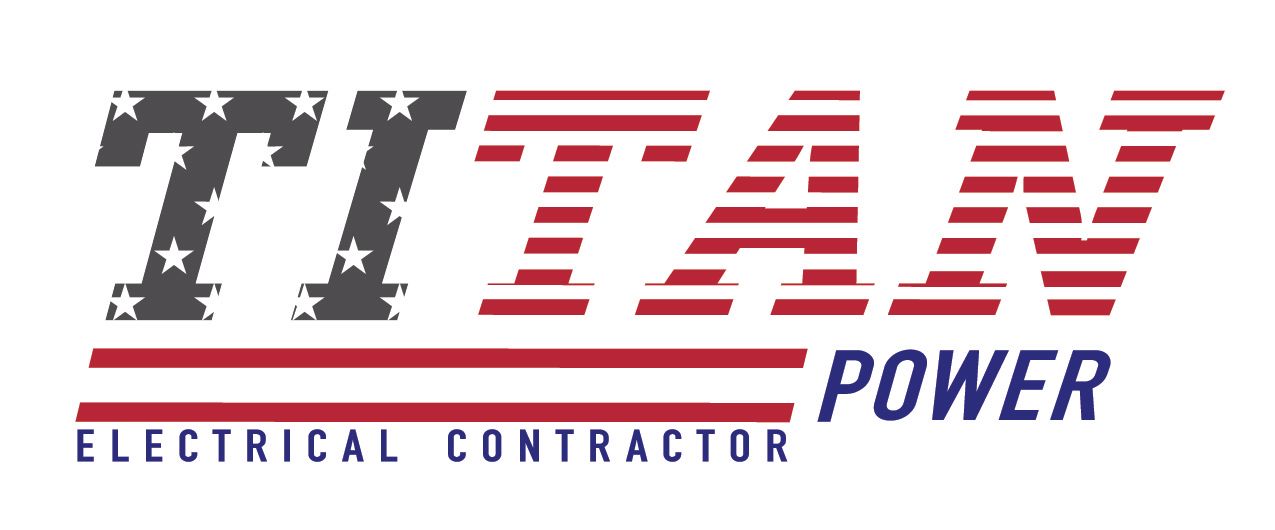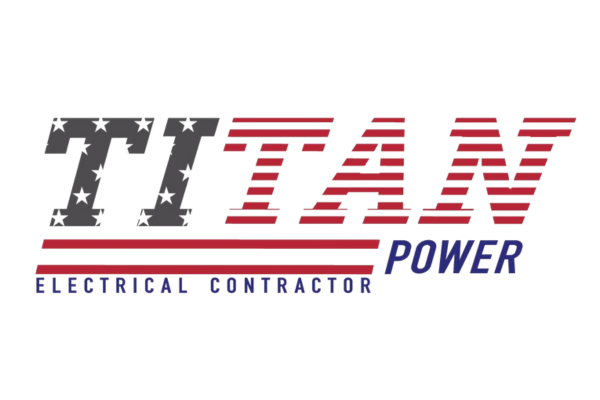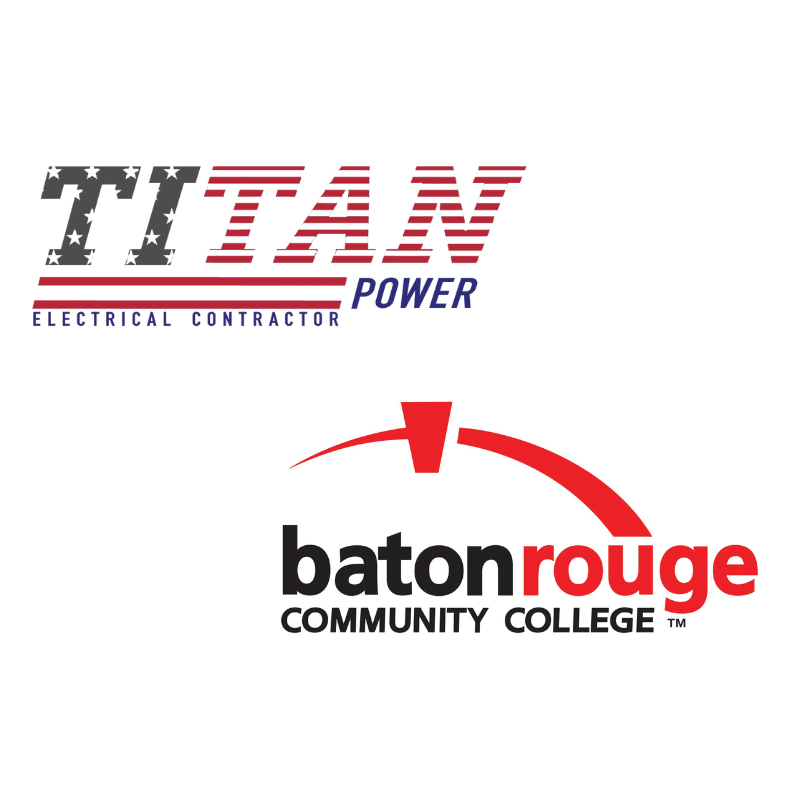Locking Down Safety: How Titan Power Puts Safety First
Insight On How Our Engineer's Operate Safely Using Disconnects

As an electrical engineer deeply involved in industrial motor systems, I often find myself revisiting a fundamental question with apprentices, technicians, and safety teams: “Do all motor disconnects need to be lockable in the open position?” My answer: no, but here's why lockable disconnects are still a game-changer for operational safety and compliance.
1. Dual Purpose of Motor Disconnects
Disconnects aren’t just switches—they’re your frontline defense. Their purpose is twofold:
- Crew Protection – They establish an electrically safe work condition, eliminating shock and electrocution risks at the motor or controller.
- Mechanical Safety – They prevent unexpected startup of driven machinery when personnel are servicing the system forums.mikeholt.com+10ecmag.com+10ecmag.com+10electricallicenserenewal.com.
From my experience, installing a lockout has twice as much impact when both electrical and mechanical hazards are at stake. It’s about ensuring safety holistically.
2. Regulatory Backbone: NEC & NFPA 70E
The NEC (particularly Article 430) aligns closely with NFPA 70E in mandating how and where motor disconnects are located and how they’re protected ecmag.com+4ecmag.com+4ecmag.com+4.
- 430.102(A): One disconnect per motor controller, within 50 ft and in sight of the controller.
- 430.102(B): A second disconnect (or the same one) must be in sight of the motor and driven machinery, unless exceptions apply ecmag.com+11ecmag.com+11ecmag.com+11.
These rules are designed not only to protect workers during maintenance but also to prevent mistakes in energized environments.
3. Exceptions: When Remote Disconnects Work
Situations exist where placing a disconnect within sight is impractical—or may introduce risks (like in hazardous areas or around massive motors). NEC offers exceptions for such cases—but with strings attached ecmag.com+4ecmag.com+4ecmag.com+4:
- Impractical location or introducing greater hazards.
- Written safety procedures and supervision ensure only qualified personnel will service the system.
But here’s the catch: in these scenarios, the disconnect must be lockable, with the locking mechanism permanently integrated into the device—not just added later ecmag.com+7ecmag.com+7ecmag.com+7forums.mikeholt.com+2ecmag.com+2ecmag.com+2ecmag.com+2ecmag.com+2electricallicenserenewal.com+2.
4. Hardware Matters: Built-In Lock Provisions
NEC 110.25 standardizes what “lockable” means: the disconnect handle must allow a padlock in the OFF position, and that capability must remain whether a lock is installed or not ecmag.com+3electricallicenserenewal.com+3ecmag.com+3.
This means:
- Using safety switches or breakers with built-in lock holes, not relying on zip-ties or door locks.
- Ensuring lockout provisions that remain even when the lock is removed.
It’s this rigidity in design that supports compliance and ensures reliable worker protection.
5. Why It’s Worth It
- Reduced accidents: OSHA reports confirm that countless incidents stem from inadvertent re-energization—lockable disconnects close that loop ecmag.com.
- Streamlined maintenance: When workers can lock a disconnect, test for voltage, and work safely, efficiency improves.
- Consistent compliance: Even remote installs must meet code standards—and built-in locking ensures inspectors don’t reject your setup.
My Engineering Perspective
When designing motor control systems, here’s my checklist:
- Identify if the disconnect is within sight (≤ 50 ft, unobstructed) of both the controller and motor.
- If not, justify the exception with documented hazards or impractical conditions.
- Specify lock‑ready disconnect equipment—built-in lock holes, rugged handles, and compliance with 110.25.
- Ensure your lockout/tagout procedures and qualified personnel training are rock-solid, inline with NFPA 70E.
Final Thoughts
Lockable disconnects aren't a redundancy—they’re a critical safety and compliance element. The NEC's flexibility only comes with responsibility: if you go remote, make it lockable—and document why. As engineers, our role extends beyond circuits and schematics—we build systems that protect people and infrastructure. Locking it up might be the simplest way to secure that promise.



